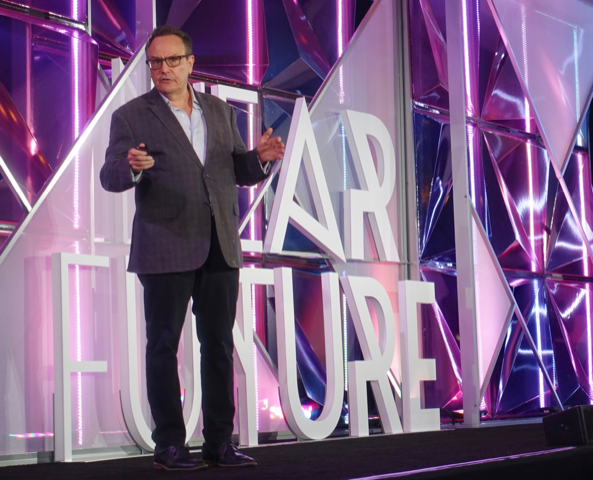
Peter Hirshberg spoke of Opportunity Zones and localism as “America’s Next Great Frontier” at the Near Future Summit 2019 #NFS19 during their “Local Maximum” session. The capsule focused on how Big Data meets public/private partnerships to bring new solutions to communities in record speed. America loves a frontier, it’s our national myth. Think Kennedy’s New Frontier, or Reagan’s city on a hill. That’s when our national character is best. We’re...
Read More
